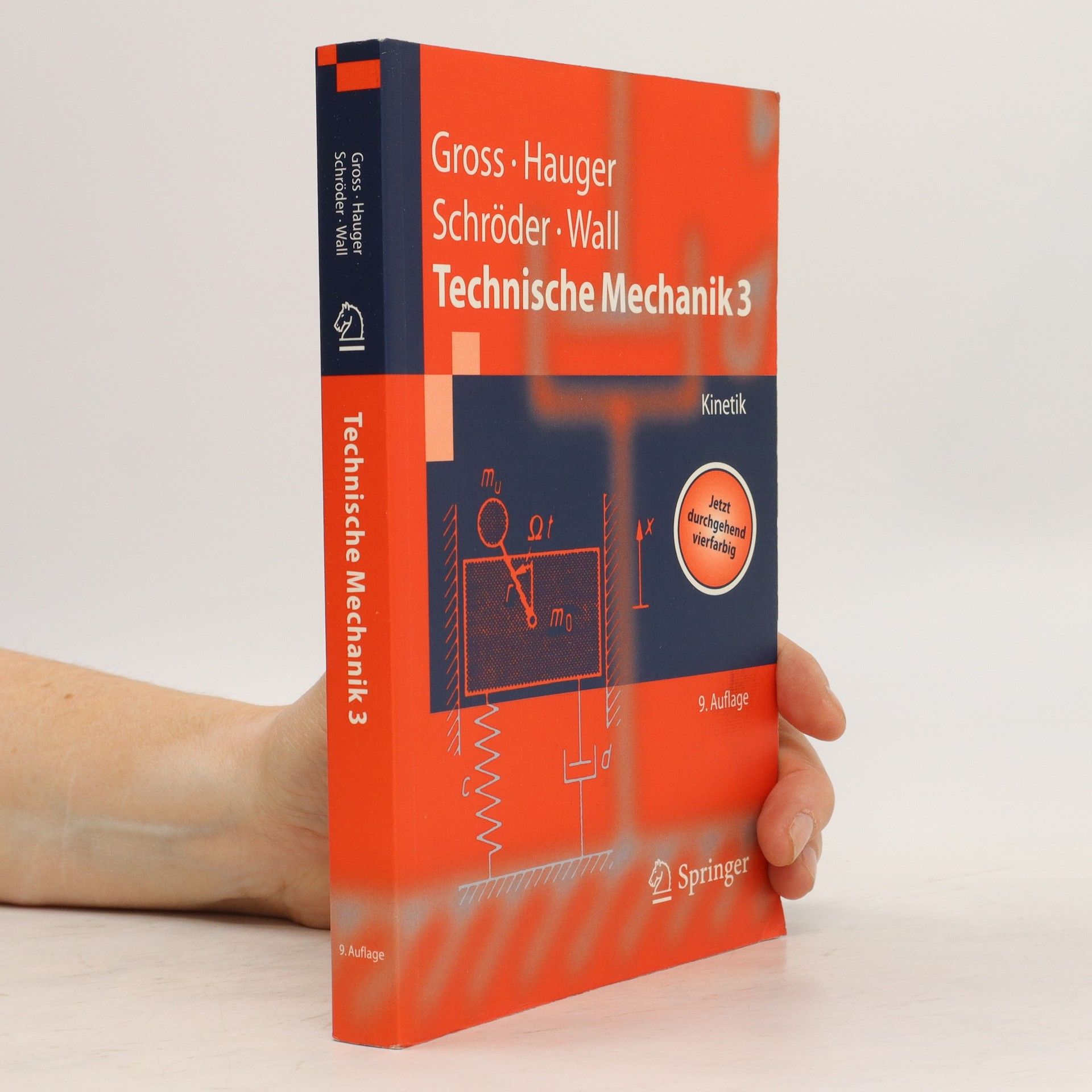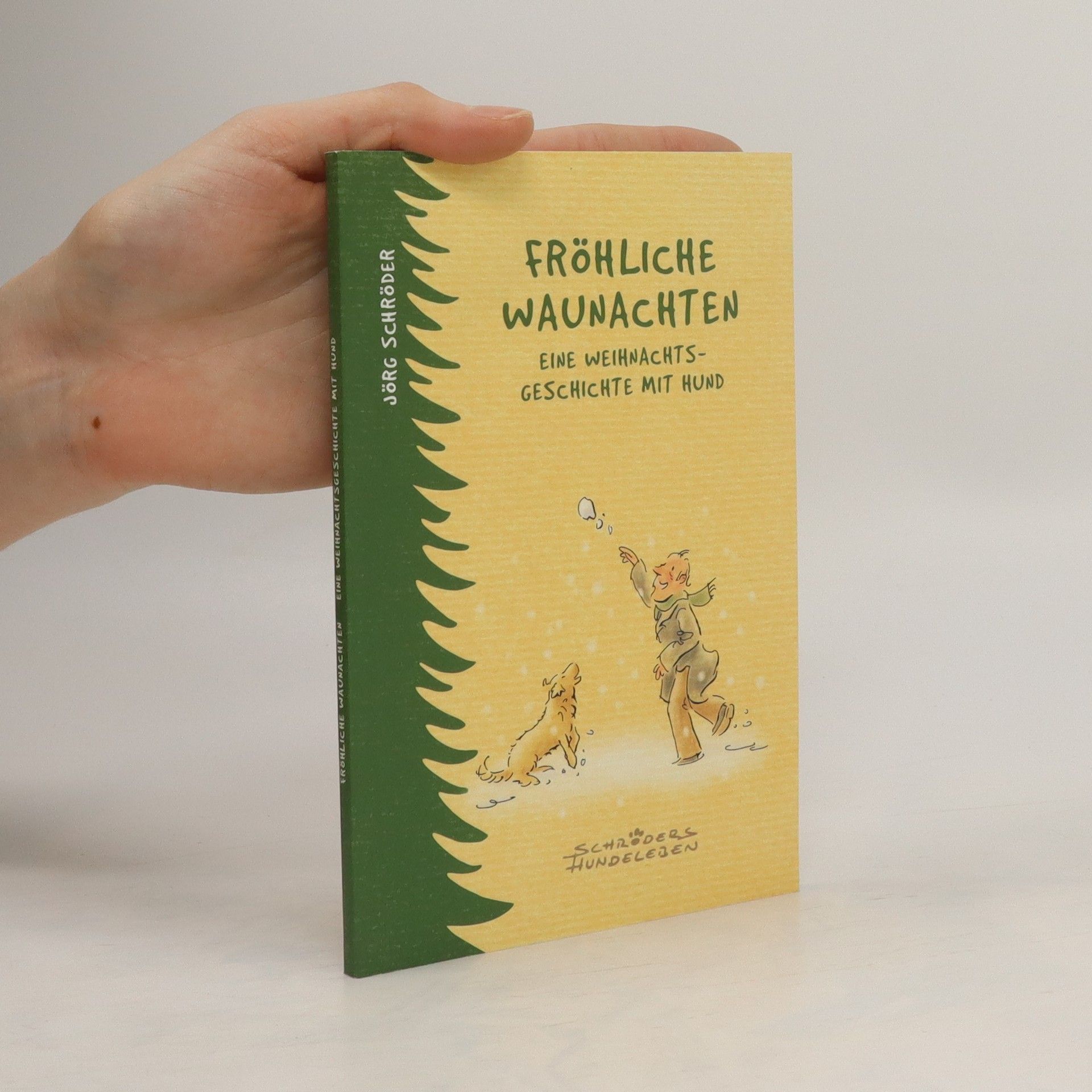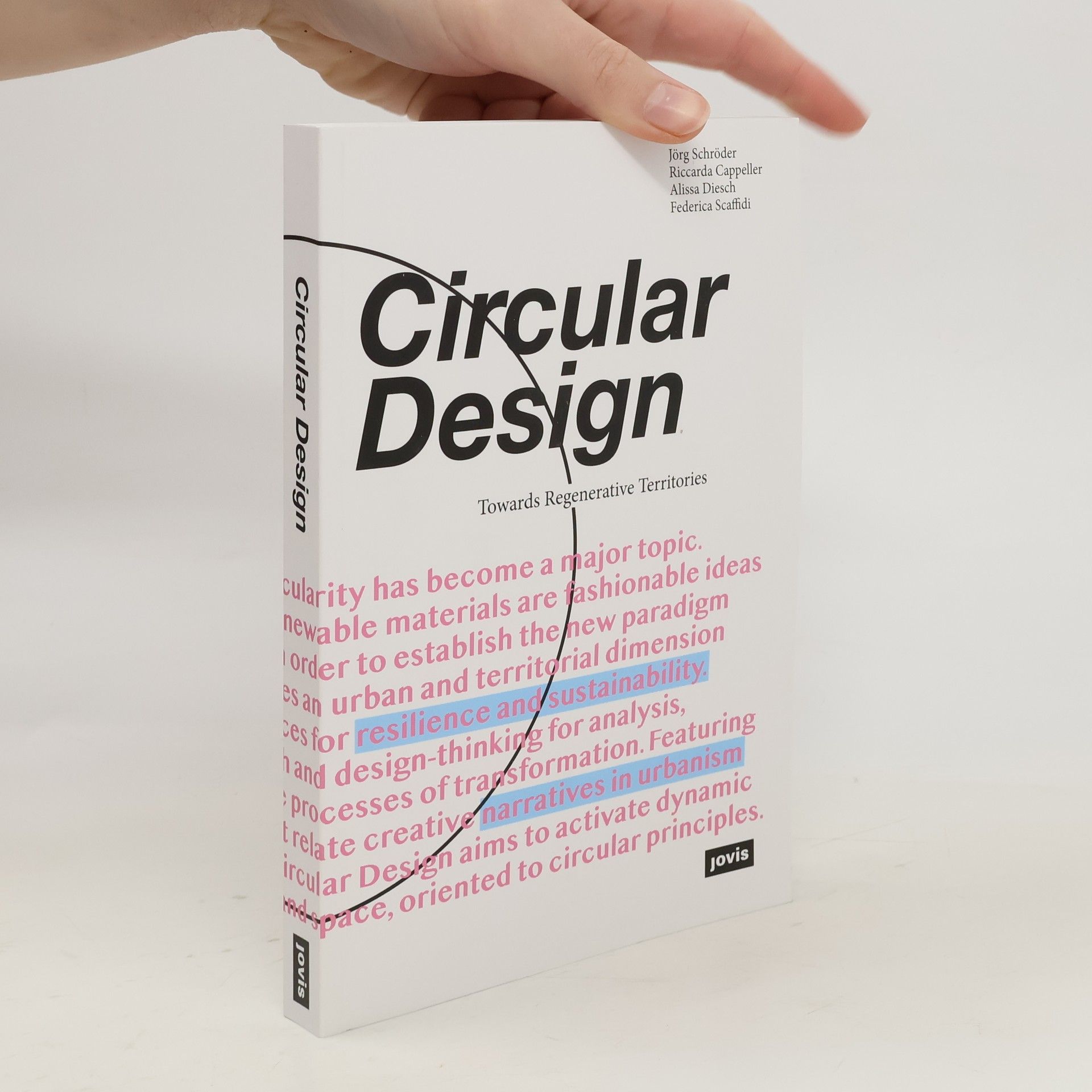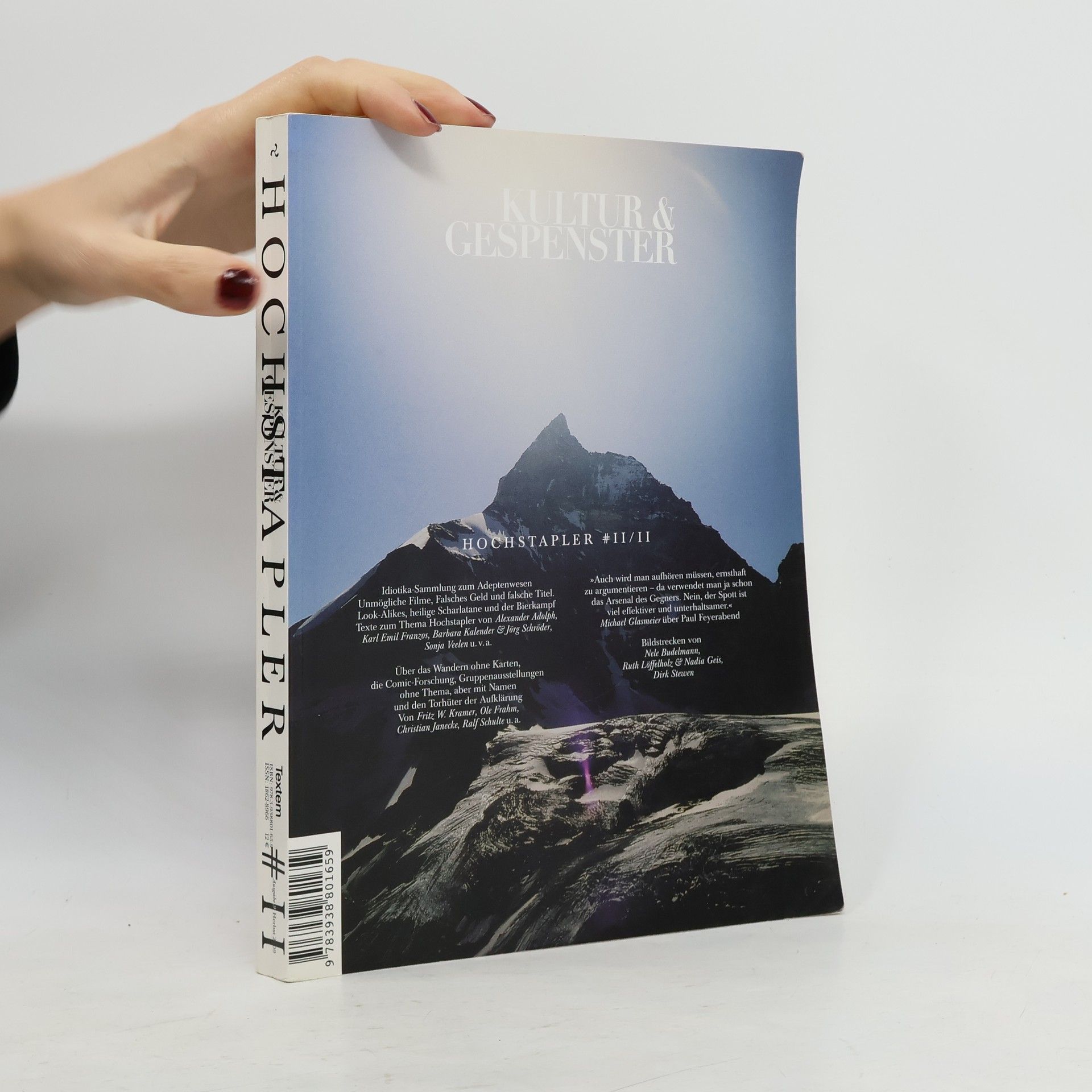Die emotionale Bindung der Mitarbeitenden zu ihrem Unternehmen ist alarmierend niedrig, was zu einem Fachkräftemangel führt. Während 80 Prozent der Führungskräfte überzeugt sind, gute Arbeit zu leisten, zeigen nur 14 Prozent der Angestellten eine echte Identifikation mit ihrem Arbeitgeber. Diese Kluft hat negative Auswirkungen auf die Eigenmotivation, erhöht Fehlzeiten und führt zu häufigeren Kündigungen. Das Buch beleuchtet die Ursachen dieser Diskrepanz und bietet Ansätze zur Verbesserung der Mitarbeiterbindung.
Jörg Schröder Book order






- 2024
- 2024
Das Buch bietet eine umfassende Sammlung von über 180 vollständig gelösten Aufgaben zur Technischen Mechanik, speziell zur Statik. Die 14. Auflage enthält alle wesentlichen Formeln und legt besonderen Fokus auf das Erarbeiten von Lösungswegen sowie das Aufstellen der Grundgleichungen. Durch die didaktisch durchdachte Struktur unterstützt es Studierende dabei, die Konzepte der Technischen Mechanik selbstständig zu erarbeiten und erfolgreich anzuwenden.
- 2023
- 2023
Messestand für Real Estate Arena 2022, Messe Hannover: Studierende der Leibniz Universität Hannover und der Hochschule Hannover installierten das Design Build Projekt ressource. architektur auf der neuen Immobilienmesse Real Estate Arena in Hannover am 18. und 19. Mai 2022, gemeinsam entwickelt mit der Architektenkammer Niedersachsen, dem Bund Deutscher Architekten Niedersachsen BDA, dem Bund Deutscher Baumeister Niedersachsen BDB, dem Bund Deutscher Innenarchitekten Niedersachsen BDIA, dem Bund Deutscher Landschaftsarchitekten Niedersachsen BDLA und dem Netzwerk Baukultur in Niedersachsen, zusammen mit der Fakultät für Architektur und Landschaft der Leibniz Universität Hannover und dem Studiengang Innenarchitektur der Hochschule Hannover. ressource. architektur wurde ermöglicht durch eine Vielzahl von Sponsoren aus der Baubranche. Unter dem Motto ressource. architektur wurden auf der Messe mit Impulsvorträgen, Diskussionsrunden und Videoinstallationen die drei Schwerpunkte Wohnungsbau, Umgang mit Ressourcen und Nachhaltige Stadt vorgestellt und diskutiert.
- 2023
Circular design
Towards Regenerative Territories
When it comes to climate change, circularity has become a major topic. Closed loops, reuse, recycling, and renewable materials are already fashionable ideas in architecture and product design. In order to establish the new paradigm of circular design, this book introduces a territorial dimension to the goal of transforming living spaces for resilience and sustainability--and to the use of design-led research and design-thinking as effective forces for analysis, developing concepts and strategies, and cooperative processes of transformation. Featuring case studies from all over Europe that merge creative narratives in urbanism with social innovation and creative industries, Circular Design aims to activate dynamic fields and networks of ideas, people, and space oriented to circular principles.
- 2021
Cosmopolitan Habitat promotes a research agenda for urban resilience, understanding cities as global avant-garde dealing with the planetary challenges of climate change, migration, and social fragmentation. Within the framework of the "Green Deal", Europe promotes ideas and innovation for manifest change and long-term strategies to achieve resilience and sustainability. Concurrently, we are confronted by the effects of the Covid-19 pandemic on our cities, and the ways we might re-imagine and construct our urban futures. How might cities become laboratories in which open communities invent, explore, and test strategies to enhance livability, inclusiveness, and sustainable economies? In a wide range of experimental ideas and research essays spanning European and international cities, Cosmopolitan Habitat presents conceptual models, urban strategies, and spatial practices of the Open City, across urbanism, architecture, other artistic and scientifc disciplines, culture, economy, and politics.
- 2019
Kann man mit Kakao und Karotten einen Schatz finden? Na, und ob. Seeräuber Schokobart will eigentlich einen entspannten Tag in seiner Hängematte verbringen, doch dann fällt ihm eine Schatzkarte in die Hände. Plötzlich hat der kleine Pirat viel zu tun. Ein großes Abenteuer steht bevor, denn so ein Schatz findet sich nicht von allein. Ein Seeungeheuer versperrt den Weg zur geheimen Insel. Die Wettervorhersage ist auch mehr als schlecht. Und ist überhaupt noch genug Kakao an Bord? Schokobart hat keine Zeit zu verlieren. Mutig und einfallsreich, wie er ist, nimmt er die Herausforderung an. Hoerge+Matti, das Berliner Vater/Sohn-Projekt hat aus der Gute-Nacht-Geschichte ein Kinderbuch gemacht. Die beiden begeistern Kinder wie auch Erwachsene mit ihrem Erstlingswerk, das Kult werden könnte.
- 2014
Springer-Lehrbuch: Formeln und Aufgaben zur Technischen Mechanik 2
Elastostatik, Hydrostatik - 11. Auflage
- 212 pages
- 8 hours of reading
Der Weg zum erfolgreichen Studium der Technischen Mechanik fuhrt uber das selbstandige Losen von Aufgaben. Die Aufgabensammlung zum Marktfuhrer Technische Mechanik 2 (Elastostatik)" wurde in der Neuauflage erganzt und vollstandig uberarbeitet. Insbesondere wurden die Bilder in Anlehnung an das Standardwerk Technische Mechanik 2 (Elastostatik)" durchgehend vierfarbig gestaltet. Die aktuelle Auflage enthalt die wichtigsten Formeln und jetzt mehr als 150 didaktisch gut aufbereitete, vollstandig geloste Aufgaben. Besonderer Wert wird auf das Finden des Losungsweges und das Erstellen der Grundgleichungen gelegt. Behandelte Themen sind: - Spannung, Verzerrung, Elastizitatsgesetz - Zug und Druck - Biegung - Torsion - Der Arbeitsbegriff in der Elastostatik - Stabilitat - Hydrostatik"
- 2014
Der Gassimann
- 144 pages
- 6 hours of reading
Wer viel zu Fuß unterwegs ist wie Henning Wiese und sein Hund Rosine, für den gehören sie zum Alltag: Hundebegegnungen mit außergewöhnlichen Vier- und Zweibeinern. Unglaubliche Dinge gibt es dabei zu erleben und noch unglaublichere Geschichten zu erfahren. Die Treffs am Wegesrand sind nicht nur Bühne und Nachrichtenbörse, sie führen manchmal auch zu einer ganz neuen Sicht der Dinge. Was Rosine zum Beispiel immer schon wusste, beginnt auch ihr Herrchen langsam zu ahnen: Die Hunde sind die Normalen!
- 2014
Kultur & Gespenster - 9: Hochstapler II/II
- 247 pages
- 9 hours of reading


